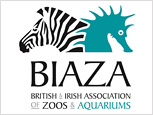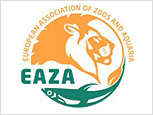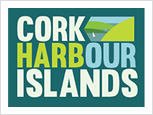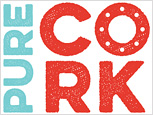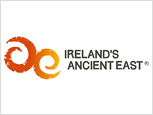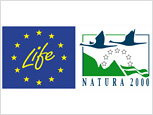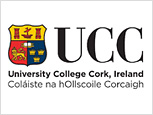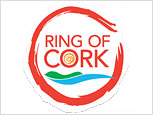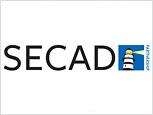UCC research at Fota Wildlife Park leads to new conservation toolkit
- UCC researcher leads team on developing a new tool for conservationists.
- The research is co-funded by Fota Wildlife Park and the Irish Research Council.
- Framework will aid in the management of conservation projects and improve potential outcomes.
- Research conducted at Fota Wildlife Park as part of study.
A team of researchers funded by Irish Research Council Enterprise Partnership Scheme (IRC) in conjunction with Fota Wildlife Park, and primarily based in University College Cork (UCC) have compiled a new toolkit for conservation projects, based in part on research conducted at Fota Wildlife Park.
The team behind the toolkit hope that it will provide a blueprint to follow for others who wish to engage in conservation work.
The project, recently published in Biological Conservation is led by PhD candidate Daniel Moloney of UCC’s School of Biological, Earth and Environmental Sciences (BEES).
Mr Moloney stated;
“The goal of making this toolkit was to provide an easy-to-follow guide for anyone looking to get involved in conservation projects. It’s essentially a checklist put together by examining the experience of hundreds of conservation participants worldwide and trying to boil their experiences down to the most important questions.”
The toolkit was created by compiling information collected from one hundred examined research projects, and the framework is based on three pillars posed in questions that the users of the toolkit can ask themselves.
- What knowledge is required of the species/local habitat do I need?
- What tools do I require for the collection and analysis of the data I need?
- Who must I collaborate with to reach the best possible results?
The team, which also includes Professor Ruth Ramsay, Dr Paul Holloway, and Dr Courtney Collins, went through a review of one hundred research papers on various conservation projects worldwide and identified a range of techniques conservationists can employ both in captive and wild settings.
Included in these are examples such as head-starting projects, where juveniles of an endangered species are collected soon after they hatch/are born and are raised for a brief period of time in captivity.
This enables the animals time to grow and develop and aims to increase their likelihood of survival and reaching adulthood when they are returned to the wild. Currently, part of Daniel Moloney’s PhD includes assessing an ongoing head-starting project for Natterjack Toads which has been a joint effort between Fota Wildlife Park, Dingle Aquarium and the National Park and Wildlife Service.
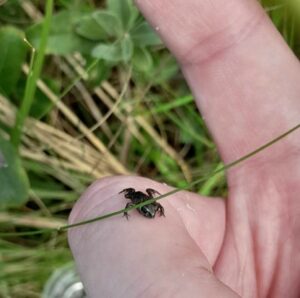
The toolkit also highlights the important role that the public have in supporting conservation.
“The local community provide an essential asset in conservation projects” stated Dr Paul Holloway. “Successful conservation is not possible without the public, whether that is through access to land for animals and researchers, local rewilding of gardens and public spaces to provide habitat, donating to conservation activities, or supporting new and ongoing initiatives. Many wildlife parks have information on local and international conservation projects and are a great place for people to engage with nature and educate themselves about how best to support conservation efforts”.
The toolkit and accompanying article provide an introduction and clear breakdown of a wide array of conservation methods employed both in captivity and the wild. The paper examines the pit falls and issues that can reduce the success of conservation projects and provide a guide to aid others in avoiding those pit falls. In this way, the research paper combined with the toolkit can increase the potential for success in projects which make use of it.
Ends
Publication: Daniel J.F. Moloney, Courtney Collins, Paul Holloway and Ruth O’Riordan, (2023), “The Conservationist’s Toolkit: A critical review of the need for a conceptual framework of both in-situ and ex-situ conservation strategies to ensure the success of restoration ecology”, Biological Conservation, Vol. 287, p. 110345, Doi: 10.1016/j.biocon.2023.110345.
